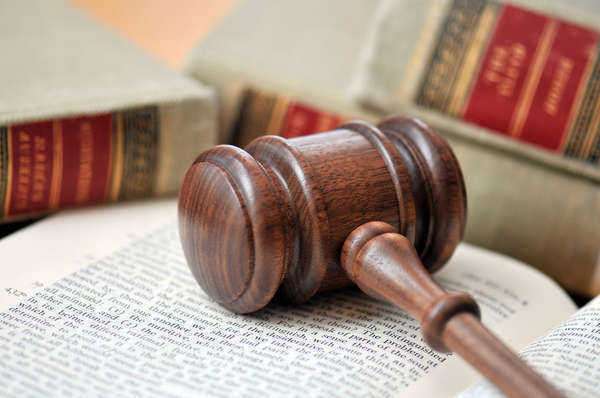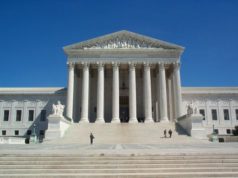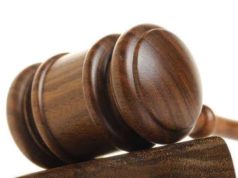Table of Contents

Introduction
What is the Freedom of Speech?
What Limits Exist on the Freedom of Speech?
Key Supreme Court Cases
Conclusion
The recent the judicial history of the Supreme Court has seen a broad definition held off the
right to freedom of speech, as it is granted to Americans by theFirst Amendment.
One of the basic issues raised by this principle is the question of when it may infringe on other considerations, such as the ability of communities to enforce standards which they find acceptable, groups and individuals to protect themselves against violence and prominent figures to be free of slander and
libel.
The definition of obscenity, for instance, has been thrown into question as to the extent to which it can rule out the exercise of First Amendment rights. Legal commentators have
observed that the general direction of the Supreme Court has been toward granting the primacy of the right to freedom of speech. The case of Whitney v. California addressed the conditions in which the exercise of the right to freedom of speech came up against the need to guard against violent action.
This case involved the First Amendment claims made by Anna Whitney, who had been jailed under California’s criminal syndicalism laws for beginning the State’s Communist Labor Party, which was accused of inciting violence. The Supreme Court upheld the conviction and denied that the right to freedom of speech guarded against Whitney’s conviction.
Justice Brandeis observed on the case, however, that “fear of serious injury alone cannot justify suppression of free speech”, but that such an action can only be performed if there exists a “reasonable” basis on which to conclude that the speech will lead to actual violence. He thus distinguished between “advocacy and incitement”. Though Brandeis agreed with the Court’s finding in regards to the specific case, his opinion established an argument by which the unpopular exercising of the freedom of speech could later be extended.
The application of the First Amendment right to freedom of speech to minors was addressed in the landmark case heard before the Supreme Court of Tinker v. Des Moines. The defendants, in this case, were a pair of siblings in high school and junior high who were prevented by school policy from wearing black armbands to express their opposition to the Vietnam War. This policy had not existed before the students made their plans in 1965, but was created shortly before the planned protest, possibly in anticipation of it, to mandate the suspension of any student wearing an armband.
When the Tinkers chose to go ahead with their protest, they were accordingly suspended by the administration. An appeal was lodged on their behalf by the Iowa Civil Liberties Union, which claimed a First Amendment violation, and by 1968 the case had reached the Supreme Court.
A Supreme The court majority decided in favor of the Tinkers’ claim that their First Amendment rights to freedom of speech had been violated, finding that the school
the administration did not sufficiently establish that overall discipline would be
compromised by the Tinkers’ exercise of freedom of speech. Later Court cases
established limits to the freedoms granted to students.


























